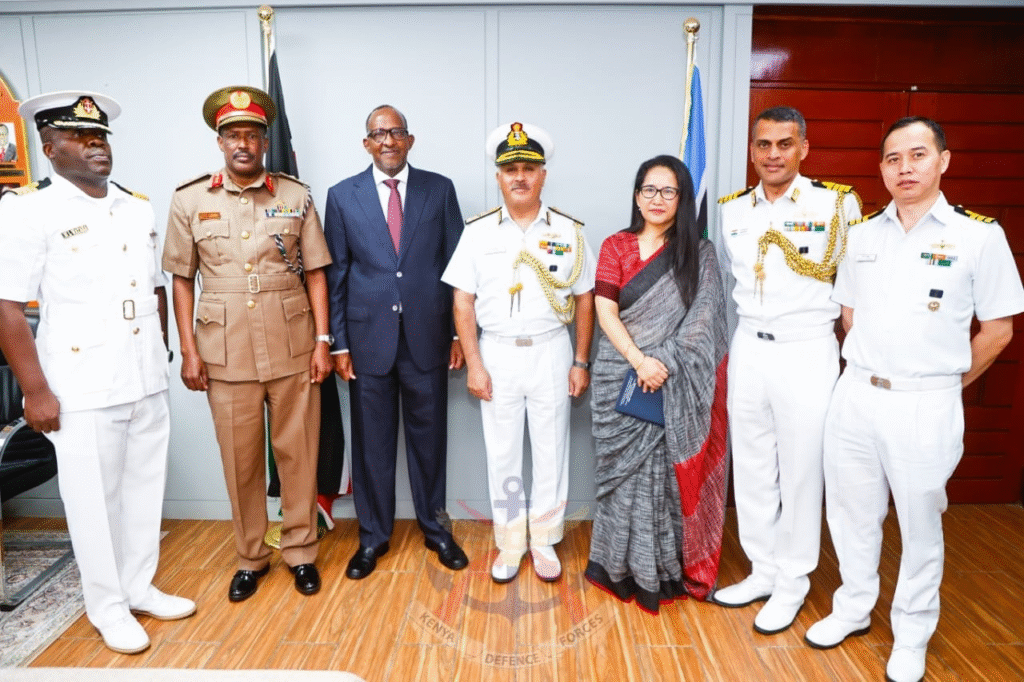Introduction

As space and hypersonic technologies become critical tools for scientific advancement and strategic development, regional collaboration in East Africa is proving essential. Kenya, with its relatively advanced space infrastructure and growing research ecosystem, is emerging as a key facilitator of cooperation in this domain. By leveraging its geographic advantage, policy leadership, and experience in satellite development, Kenya is helping shape a collaborative approach to space exploration and hypersonic research across East Africa. This article explores Kenya’s role in fostering regional partnerships and how such cooperation is strengthening aerospace capabilities throughout the region.
Kenya’s Strategic Position in Space Development
Kenya’s space ambitions date back to the 1960s, with the establishment of the Luigi Broglio Space Centre in Malindi—originally a joint venture with Italy. In recent years, Kenya has revitalized its space agenda through the creation of the Kenya Space Agency (KSA), which is leading efforts in satellite development, Earth observation, and national space policy.
The country’s relatively mature space infrastructure, including tracking stations and launch monitoring facilities, gives it a central role in regional initiatives. Kenya’s coastal location is also ideal for space launches, making it a valuable partner for future African launch services. These assets position Kenya not only as a space actor but as a gateway for East African collaboration in aerospace.
Driving Regional Collaboration
Kenya has actively promoted partnerships with neighboring countries to advance mutual space goals. It has hosted regional dialogues on space policy, data-sharing frameworks, and joint research initiatives. Through platforms such as the East African Community (EAC) and the African Union Commission, Kenya has advocated for collective investment in satellite infrastructure, remote sensing applications, and research training.
One practical example is Kenya’s willingness to share satellite data with countries like Uganda, Rwanda, and South Sudan to support agricultural planning, disaster management, and environmental monitoring. The Kenya Space Agency has also expressed openness to supporting payload integration and testing for neighboring nations without satellite assembly capabilities.
Capacity Building and Knowledge Transfer
Kenya is also contributing to regional development by offering training and research collaboration. Local universities, such as the University of Nairobi and Dedan Kimathi University of Technology, are becoming hubs for aerospace education. These institutions frequently host students and researchers from across East Africa, helping to build a regional talent pool.
Additionally, the Kenya Space Agency runs internship and fellowship programs aimed at training young scientists and engineers, including participants from other East African nations. Such initiatives not only strengthen technical capacity but also foster a culture of scientific cooperation across borders.
Expanding into Hypersonic Research
While Kenya’s hypersonic capabilities are still in their infancy, the country has shown interest in exploring this high-speed frontier. Academic institutions and government research bodies are beginning to investigate potential applications of hypersonic flight in areas such as defense, high-speed transport, and atmospheric research.
Kenya is positioned to lead regional conversations on hypersonics, particularly in establishing shared test sites or simulation labs that would otherwise be cost-prohibitive for individual nations. Early-stage partnerships with international universities and defense research bodies could support joint East African efforts to enter this advanced field.
Challenges and the Way Forward
Despite its leadership, Kenya faces challenges in sustaining long-term cooperation. Variations in national budgets, inconsistent political will, and limited awareness of space benefits in some East African countries can slow progress. Additionally, regional integration is often hampered by bureaucratic hurdles and fragmented science policies.
To address these issues, Kenya is working through the African Space Agency and the EAC to harmonize regulations and encourage joint funding models. The country is also pushing for the creation of an East African Space Consortium—a platform for coordinated research, innovation, and resource sharing.
Conclusion
Kenya’s growing influence in East Africa’s space and hypersonic ecosystem reflects its strategic investments, policy foresight, and commitment to regional development. By fostering partnerships, supporting capacity building, and promoting shared infrastructure, Kenya is not only advancing its own aerospace agenda but also helping unlock the region’s collective potential. As the global race for space intensifies, East Africa stands to benefit significantly from Kenya’s leadership and collaborative spirit in this transformative sector.


